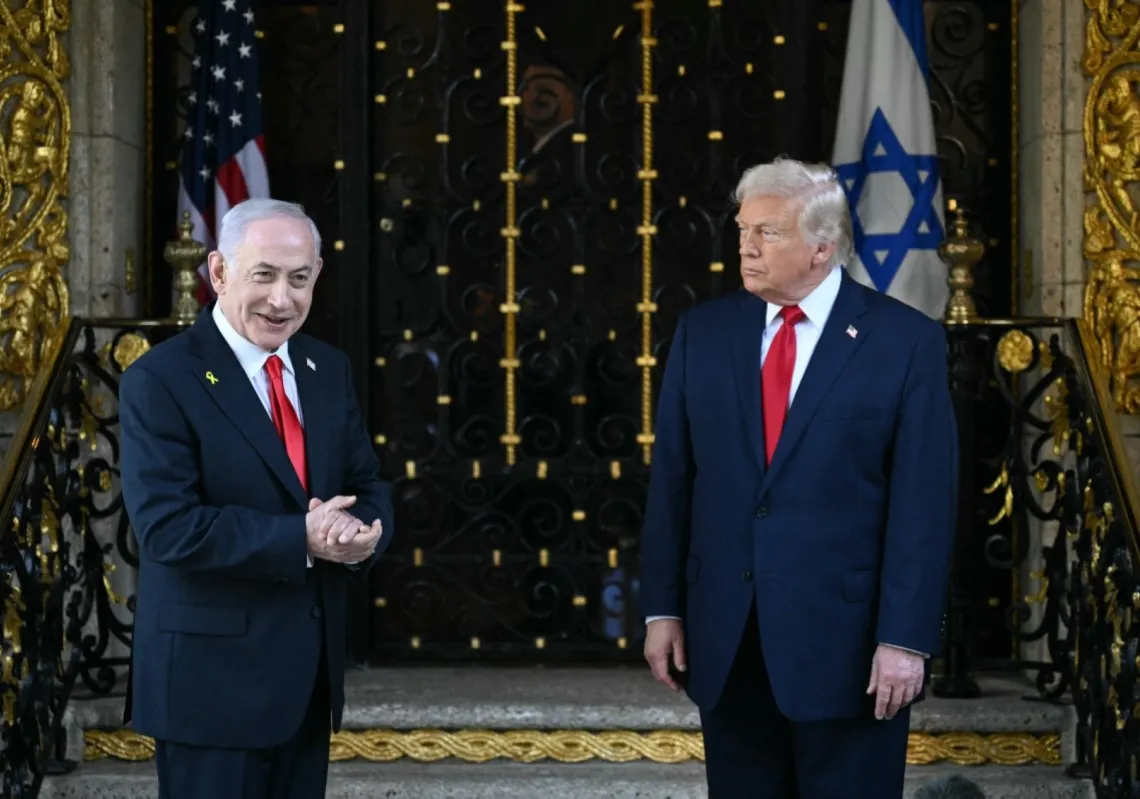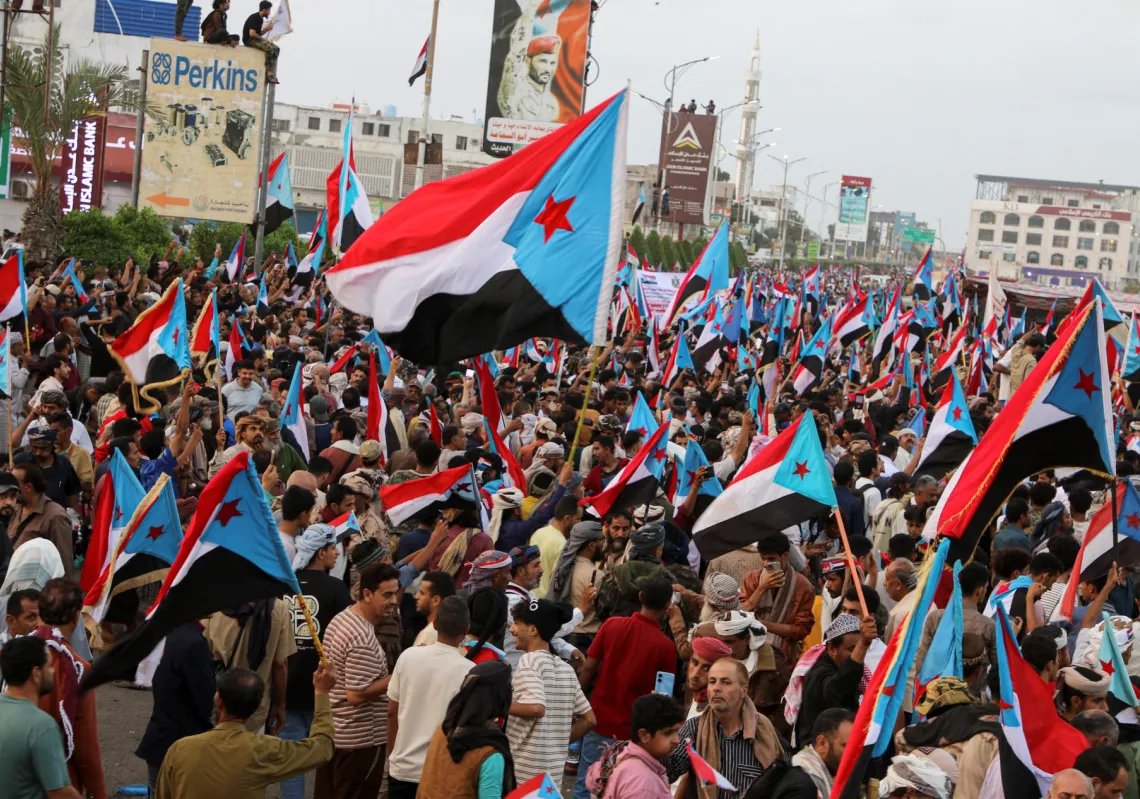Europe needs well-qualified immigrants. It has an ageing population, the main part of a demographic picture that points to a bleak future without them.
There are similar problems elsewhere, not least in the United States, while other countries, including China and India, are also competing for young and skilled labour.
This part of the issue of immigration is often overlooked.
It is not just a story of the old-world continent no longer needing cheap, unskilled workers coming in — benefitting only human traffickers and risking life. Nor is it just sensitivity to the risk of a clash of cultures, or failed integration, that leaves Europe taking on the death boats bringing them to its shores. It is that skilled labourers are less likely to cross oceans in this way.
Europe is not pushing back against immigration for moral reasons, or concern about its impact on the original countries, often the same ones it looted in the past. Economics takes precedence over ethics for immigration.
Calmer summer seas
As temperatures rise on both sides of the Mediterranean, the height of waves at sea decrease, and the desire to cast off from for its the northern shores increases.
This is a voyage that, in the eyes of the tens of thousands who take it, has the promise of ending in a new, safer world full of opportunity. That is what makes the peril of the sea a chance worth taking.
These journeys last a few hours. But are fraught with the highest risks.
According to the International Organization for Migration (IOM), 6,000 people – mostly young people, women and children – drowned in the Mediterranean last year, most of them from the Middle East and sub-Saharan Africa. Another 950 people drowned in the Atlantic Ocean on trips between Africa and Europe.
Wars, conflicts, and social crises drive the growth of the human smuggling trade, now a lucrative transcontinental business that exists in complete defiance of state power.
















